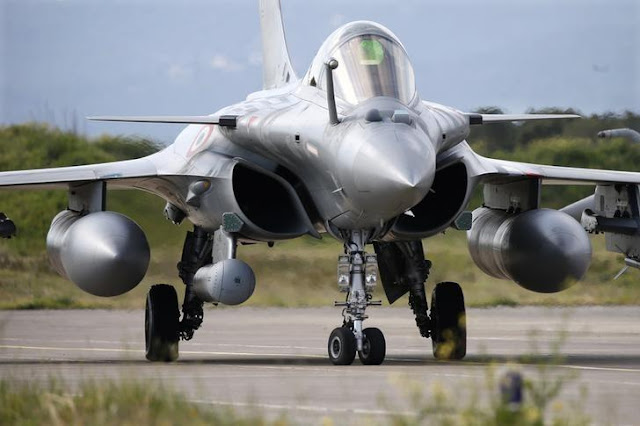 |
| A French Air Force Rafale fighter jet (image courtesy : Charles Platiau/ Reuters) |
India's air force is reinventing the future of the army as the country looks to modernize its warfare capabilities by replacing ageing equipment after years of denial. Recently, the Ministry of Defence (MoD) procured fifty-six C-295 medium transport aircraft through a deal with Airbus Defence and Space of Spain. The pact was estimated to be with an approx. cost of ₹22,000 crores. This will bring 56 C-295 MW transport aircraft, in place of Indian Air force, Avro-748 aircraft from 1960s.
First Dassault Rafale, after two years, now C-295 to be delivered in India.
The Airbus C-295 is a new-age tactical airlift and intelligence, survey, and reconnaissance (ISR) aircraft. It is versatile in capabilities; specialized in air transport missions. Under all conditions, it is ideal to operate. Around the globe, from Canada, Spain and Egypt to Indonesia, the aircraft received orders from both civil and military operators.
 |
| Airbus C-295 (Image courtesy : Airbus) |
The C-295 has the highest cruising altitude of over 7km, a range of 1351 km, and a cruising speed of 260 knots true airspeed (KTAS). It has in-the-air tolerance of up to 11 hours. Its specifics, characteristics allow it to use short, semi-prepared runaways. The aircraft's touchdown gear can sustain additional weight so that the take-off and landing maximums get equalized. It facilitates fast landing after an aborted take-off. Moreover, a twin-wheeled nose gear also provides operational enhancement on unpaved runaways.
The Indian Air Force (IAF) has boarded on a long-drawn modernization drive to reinforce its depleted combat squadrons and extend its power projection capability well beyond its immediate vicinities.
By 2022, the end of the 13th Five-Year Defence Finance Plan, the IAF envisions a combat strength of around 40 frontlines, 700-800 aircraft with a beyond - visual - range (BVR) capability procured by imports; With collaborative ventures established with overseas productions, technological sharing taking place, and the building of indigenously developed platforms constructed with foreign assistance.
"A great step forward in opening up of aviation and avionics projects," said Tata Trusts chairperson Ratan Tata.
Over the past years, the IAF's combat squadrons have steadily dwindled in number. Add to this slow replacement of the bulk of outdated Soviet MiG variants. In particular, MiG - 21 models got recruited into service from 1964 onwards, which for decades constituted the Air Force's offensive front and India's military planners face serious concerns about how to fill the lacuna of capability and strategic advancement.
Since 2000 successive IAF chiefs and parliamentary defence committees have advised the federal government that if corrective measures to bolster combat squadrons were not implemented swiftly, India would have lost the offensive advantage with its neighbours - Pakistan and China, known as Iron Brothers.
Request For Proposal (REP) was issued in May 2013, sole bid by Airbus and Tata Group, and approved by Defence Acquisition Council (DAC) in May 2015.
Author
Abhishek Bhattacharyya

Post a Comment